Architectural Design of Container Cafe
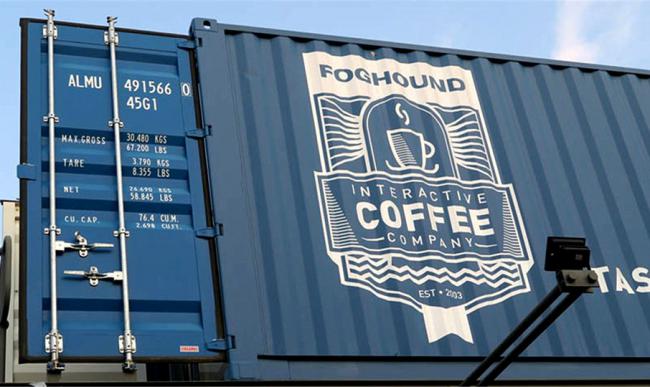
Although it is not a popular trend, the popularity of containers is increasing. Containers have been converted into homes, art spaces, offices and even many people who have moved out of urban rental houses, partnering to form a village of containers, called containertopia. Now, you can also sit in the container cafe. Foghound Coffee Cafe in Midland, South Africa, is a cafe built out of freight containers, designed by design firm Earthworld Architects. It is located at the corner of the road, from afar, the shape of the container is quite eye-catching. The cafe is a small cantilever building with the second floor protruding and the metal facade of the blue container very eye-catching. According to the designer, in addition to the roll call and cafe logo, the facade completely maintains the original imprint of the container.
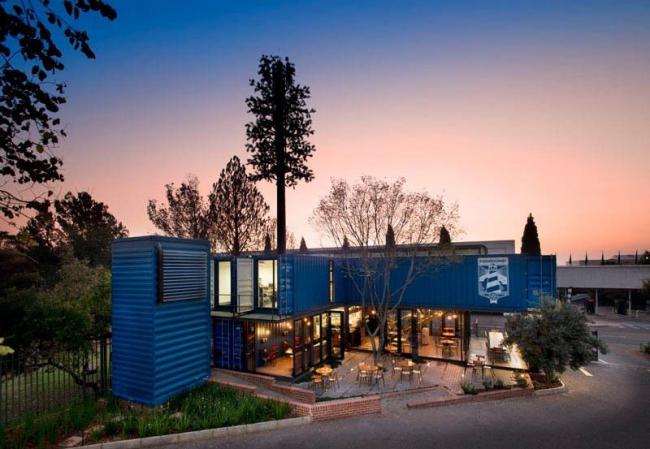
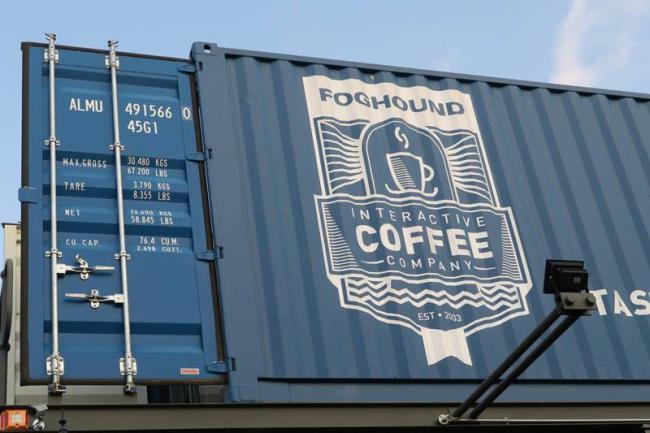
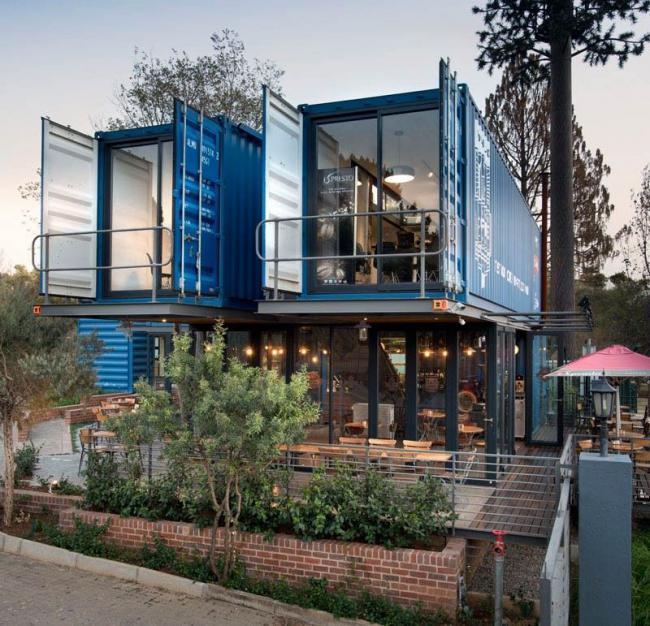
Customers usually drink coffee on the first floor, while the second floor serves as a showroom to showcase coffee-making machines and coffee-related products, all developed and produced by Foghound Interactive Coffee Company, the company that runs the cafe.
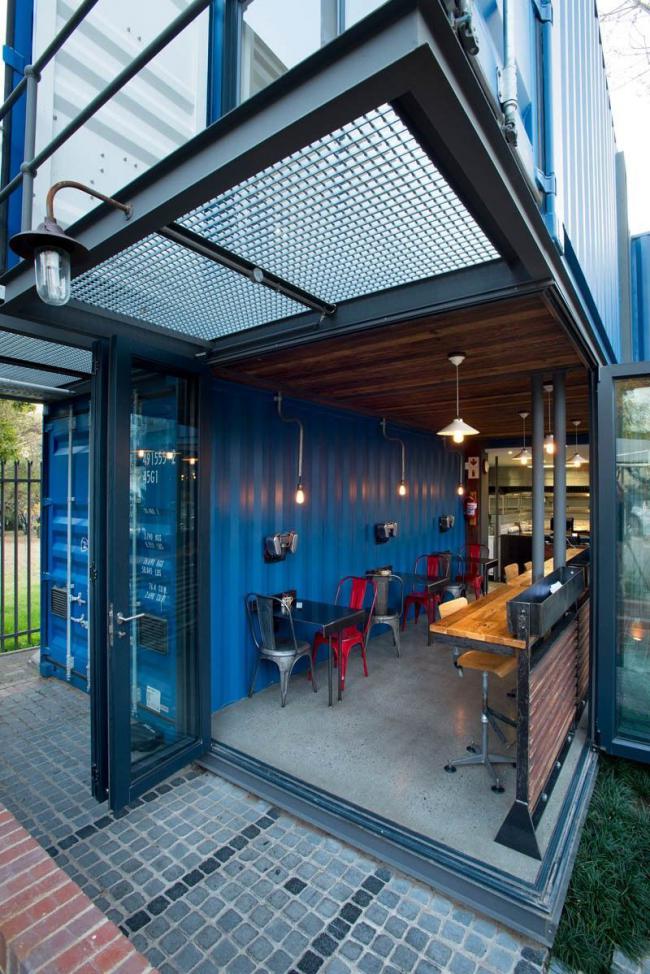
The interior decoration has a strong sense of industry, with metal lamps, tables and chairs, and beams commensurate with the container style, while the ground is simple and rough cement texture. Because of the good thermal conductivity of metal materials, the temperature is easy to be too high in the sun. So the walls here are specially insulated and coated with thick polyurethane foam to avoid this situation. This also keeps the warm indoor air from losing too quickly in winter.
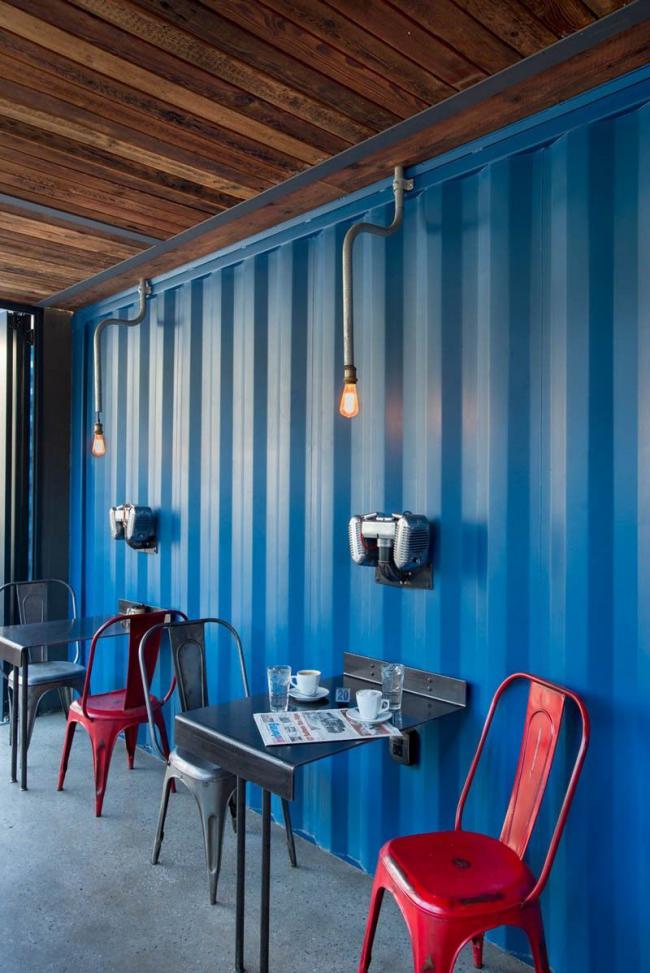
The concept of using large containers in architectural and interior design is becoming more and more popular because it is the reuse of resources and is seen as a more environmentally friendly option. According to Brain Pagnotta, author of Archdaily, there are used empty containers in many freight ports around the world. When the goods are shipped to a country, the cost is very high when they arrive at the port, and then the empty containers are transported to the country of origin. Usually, when people want to use boxes, they prefer to buy new ones directly from Asia, which is cheaper. As a result, a large number of containers are idle and wasted, and therefore become a large number of new construction materials. It is not surprising that so many people like containers. In addition to bringing a more special appearance to the design, it also has many advantages, such as: it is made of steel and used in shipping, which can well resist the harsh natural environment; it is very in line with the popular concept of "modularization". The efficiency of transportation, storage and construction is very high, and designers and users can stack freely according to their own preferences. And for those young people who work hard in big cities, living in containers is just a new form of living, but it's cheap. Naturally, there are voices of opposition, from critics to designers. Especially when conspicuous buildings like "container buildings" appear, the limits of acceptance may be reduced. Mark Hogan, the lead designer of Open Scope, a San Francisco construction firm, wrote an article entitled "what's wrong with Container Housing?" The blog post of "all wrong" has been widely reposted. Mark Hogan feels that things like container buildings are pointless and lists his reasons (the order here has been changed). First of all, the container space is very limited and not very livable. Large container houses require a large number of thermal insulation and other functional equipment, which takes up a very small amount of space. Second, large container structures require a lot of other building materials, cement, steel frames, and need to be stacked with more bearing cranes, thus increasing the cost. He also said that the environmental impact of containers has also been exaggerated because many people still buy brand-new ones instead of recycled ones, which is not expensive and does not need to be re-cleaned.
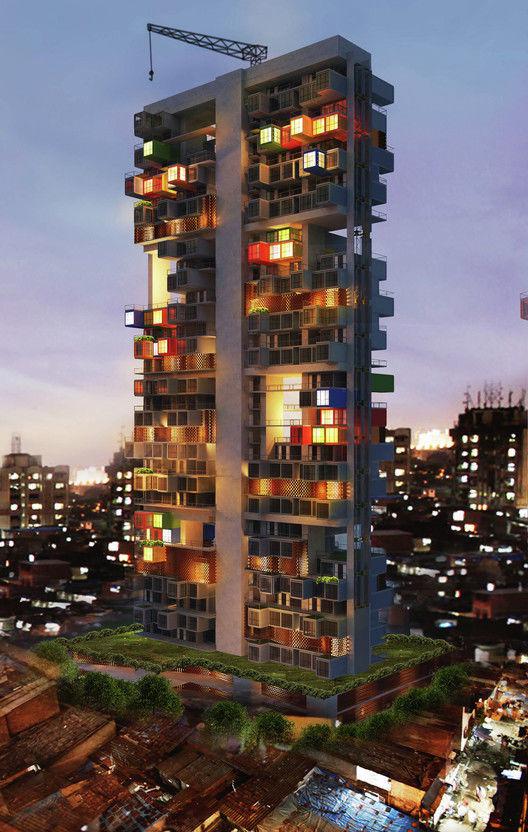
In short, containers will certainly continue to be popular in the short term, and the relevant discussions will not stop. It has many shortcomings, and at the same time, it also represents designers to adapt to the development of modern cities and make new attempts on spatial solutions and aesthetic style.
Source: Yur City
Important Notice :
前街咖啡 FrontStreet Coffee has moved to new addredd:
FrontStreet Coffee Address: 315,Donghua East Road,GuangZhou
Tel:020 38364473
- Prev

Train Cafe
In the North District of East China Jiaotong University, there is a steady stream of students coming and going next to an old train more than 100 meters long. Walking into this unique train cafe, train models, special porcelain and campus T-shirts are full of objects to show campus culture. This train cafe, made of abandoned carriages, is a good place for students to relax on weekdays. According to Tong Xu, the owner of the coffee house, the train coffee
- Next
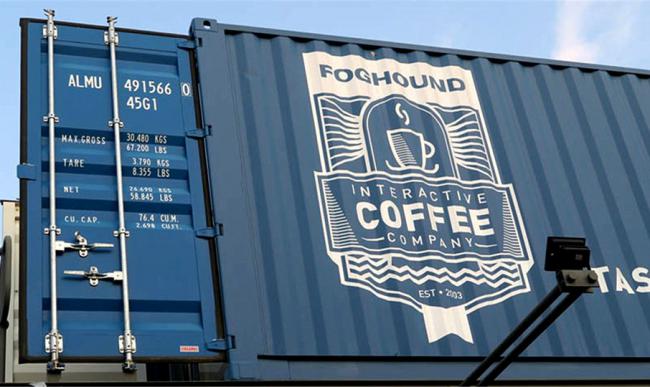
Architectural Design of Container Cafe
Although it is not a popular trend, the popularity of containers is increasing. Containers have been converted into homes, art spaces, offices and even many people who have moved out of urban rental houses, partnering to form a village of containers, called containertopia. Now, you can also sit in the container cafe. Fog in Midland, South Africa
Related
- What brand of black coffee is the most authentic and delicious? what are the characteristics of the flavor of the authentic Rose Summer Black Coffee?
- Introduction to the principle and characteristics of the correct use of mocha pot A detailed course of mocha pot brewing coffee is described in five steps.
- Which is better, decaf or regular coffee? how is decaf made?
- How much is a bag of four cat coffee?
- How about four Cat Coffee or Nestle Coffee? why is it a cheap scam?
- Which is better, Yunnan four Cats Coffee or Nestle Coffee? How about cat coffee? is it a fake scam? why is it so cheap?
- How about Cat Coffee? what grade is a hoax? which instant coffee tastes better, four Cat Coffee, Nestle Coffee or G7 coffee?
- Process flow chart of coffee making-Starbucks coffee making process what coffee tastes good at Starbucks
- The top ten best coffee beans in the world Rose summer coffee or Tanzanian coffee tastes good
- Yunnan four cat coffee is good to drink?_four cat coffee is a big brand? four cat blue mountain coffee is fake?

